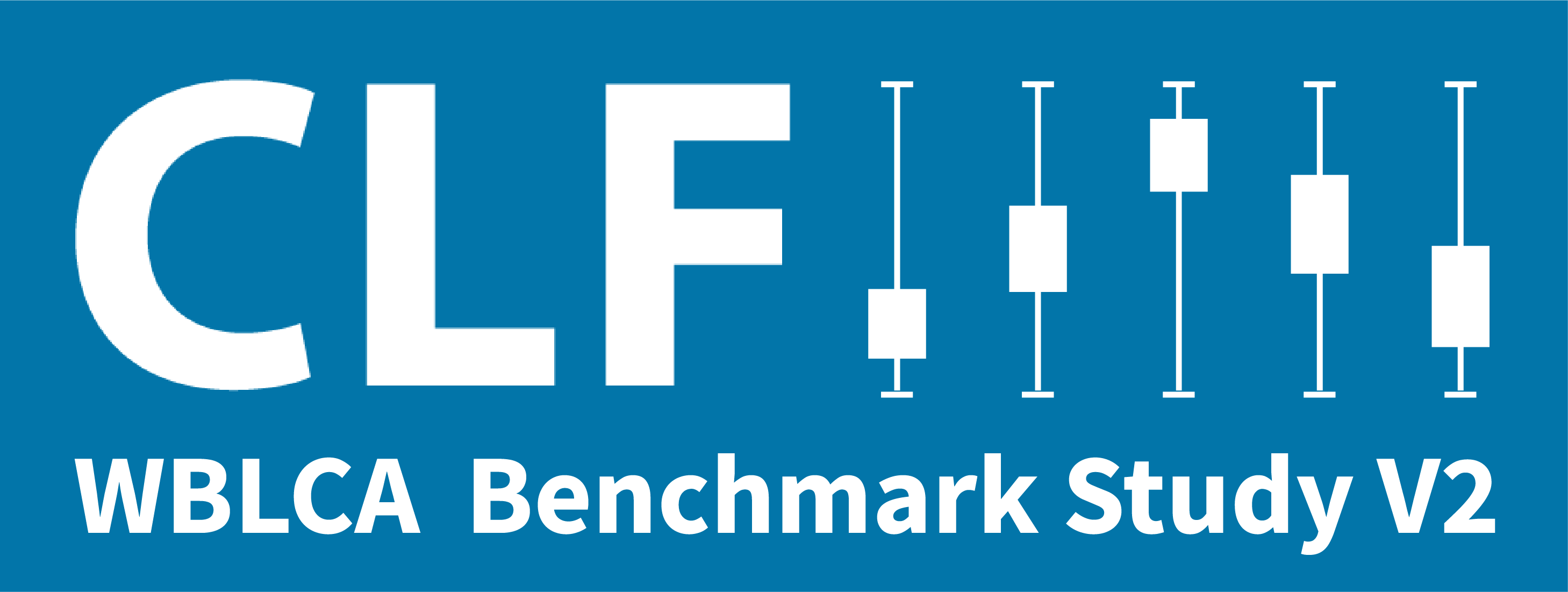About
The Life Cycle Lab is partnered with the Carbon Leadership Forum (CLF).
In 2017, the CLF published the Embodied Carbon Benchmark Study for North American buildings. Since then, the practice of whole-building life cycle assessment (WBLCA) has grown rapidly in the AEC industry, and it has become clear that more robust and reliable benchmarks are critical for advancing work in this field. The new CLF WBLCA Benchmark Study (Version 2) will build upon research and insights from the 2017 study. The project will expand our research methodology and result in geographically and typologically specific benchmarks for buildings, systems, and assemblies modeled with consistent scope and background data. This will allow designers and decision-makers to set reliable embodied carbon targets and understand the potential for reduction throughout the design and construction processes.
Problem Statement
Currently, it is difficult to set robust targets or benchmarks for the embodied carbon of building projects due to the lack of a robust collection of WBLCA models. Existing studies have been based on a very small number of calibrated models, or large low-quality and non-harmonized datasets, making it difficult to understand whether variability in carbon emissions stems from modeling practice, background LCI data, or actual design decisions. Over the last 5 years, there has been rapid adoption of WBLCA by architecture and engineering firms during design and construction. However, there is currently no centralized repository of WBLCA models from which to conduct research or evaluate trends.
This project will fill a critical gap in the AEC industry and help enable architects, engineers, policy makers, and the entire design community to work towards realistic and measurable embodied carbon reductions at the building scale.

